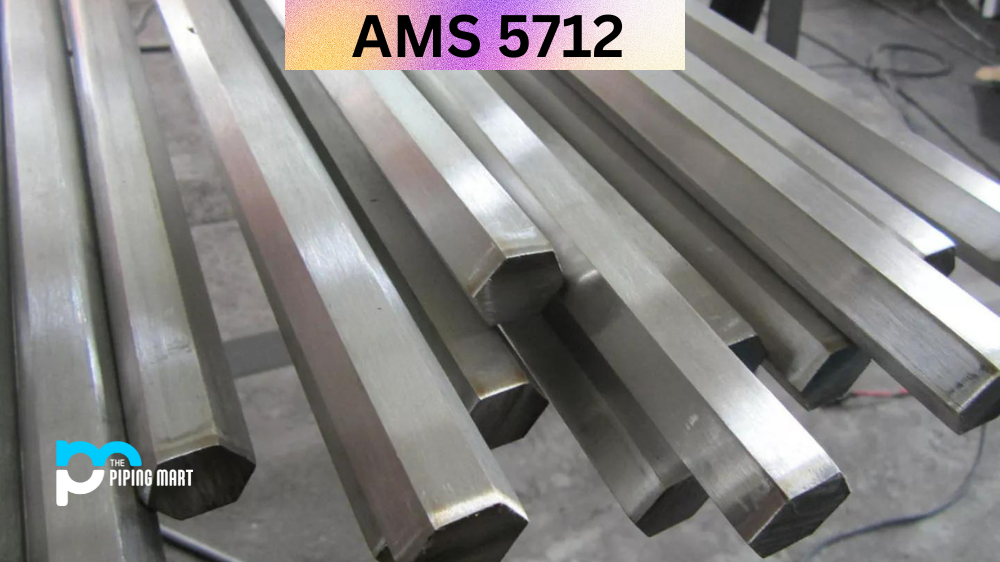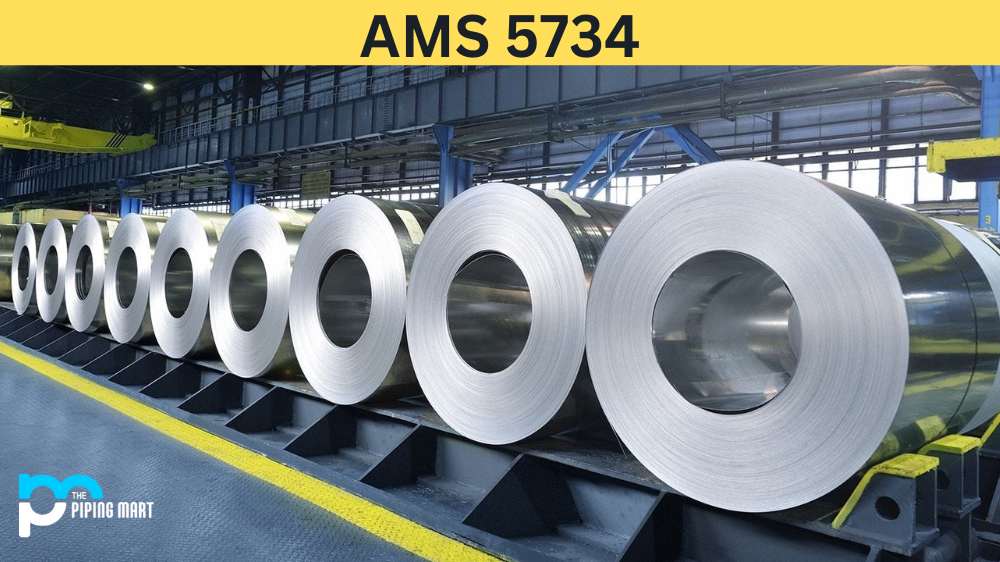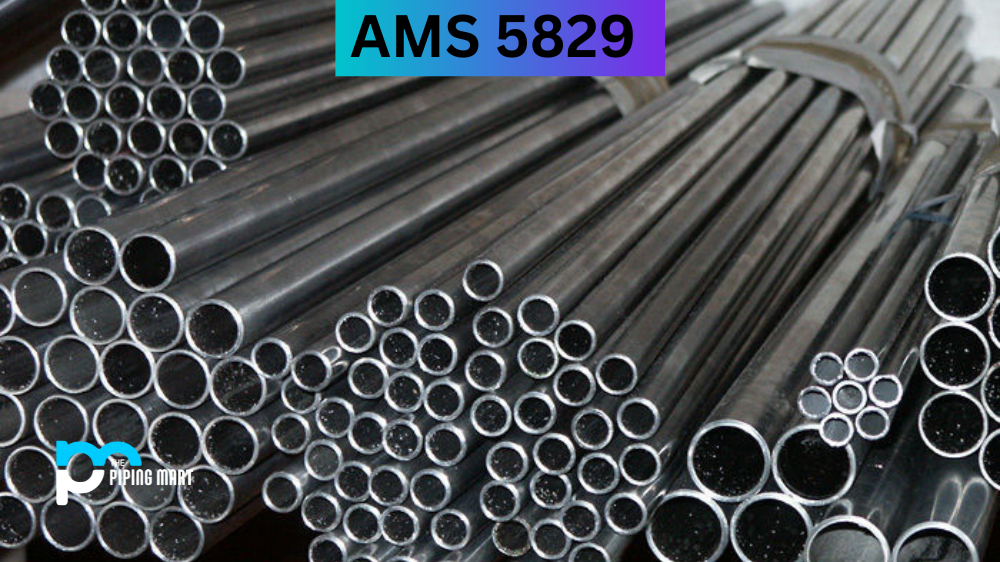The world of metallurgy has been a fundamental part of engineering and manufacturing for centuries. And among the many types of metals available, AMS 5712 stands out as one of the industry’s most used and popular alloys. But what makes this metal alloy special, and what are its unique properties? This blog post explores everything you need to know about AMS 5712, including its composition, physical and mechanical properties, heat treatment, and uses.
What is AMS 5712?
AMS 5712 (also known as Nickel Rene 41) is a high-temperature and corrosion-resistant alloy that belongs to the austenitic family. It is an ideal choice for applications that require exceptional toughness, strength, and resistance to aqueous corrosion. This alloy is commonly used in the aerospace, chemical processing, and petrochemical industries, where it performs exceptionally well under high stress and extreme temperatures. The superior properties of AMS5712 make it an excellent option for demanding applications where durability and reliability are crucial.
AMS 5712 Composition
AMS 5712 is a martensitic stainless steel alloy that combines iron, chromium, nickel, and molybdenum. More specifically, the composition of this alloy is 17-19% chromium, 9-12% nickel, 3-5% molybdenum, and less than 0.08% carbon. This particular composition makes AMS 5712 a highly corrosion-resistant and durable metal that can withstand high levels of stress and pressure.
| Element | Min | Max |
| Carbon | 0.06 | 0.12 |
| Manganese | — | 0.10 |
| Silicon | — | 0.20 |
| Chromium | 18.0 | 20.0 |
| Nickel | Balance | |
| Boron | 0.003 | 0.010 |
| Iron | — | 5.00 |
| Cobalt | 10.0 | 12.0 |
| Titanium | 3.00 | 3.30 |
| Aluminum | 1.40 | 1.60 |
| Molybdenum | 9.00 | 10.50 |
AMS 5712 Physical Properties
AMS 5712 has a density of 8.03 g/cm³, a melting point of 1427°C, and a thermal conductivity of 24 W/m-K. Furthermore, this alloy is usually available in bars, wire, or forgings and is known to resist stress corrosion cracking, pitting, and crevice corrosion.
| Density | Melting Point | Coefficient of Expansion | Modulus of Rigidity | Modulus of Elasticity |
|---|---|---|---|---|
| 8.25 g/cm³ | 1345 °C | 13.6 μm/m °C (20 – 100 °C) | 83.2 kN/mm² | 218.0 kN/mm² |
| 0.298 lb/in³ | 2450 °F | 7.41 x 10-6 in/in °F (70 – 212 °F) | 12067 ksi | 31619 ksi |
AMS 5712 Mechanical Properties
One of the key reasons AMS 5712 is widely used in various industries is its impressive mechanical properties. For instance, this alloy has a high yield strength of 80,000 psi and a tensile strength of 130,000 psi. In addition, AMS 5712 has good flexibility, which means it can be easily shaped and moulded without cracking or breaking.
| Properties | Metric | Imperial |
|---|---|---|
| Hardness, Brinell | 334/td> | 334 |
| Hardness, Knoop | 363 | 363 |
| Hardness, Rockwell C | 36 | 36 |
| Hardness, Vickers | 349 | 349 |
| Tensile Strength, Ultimate | 1241 MPa | 180,000 psi |
| Tensile Strength, Yield | 793 MPa | 115,000 |
| Elongation at Break | 20% | 20% |
| Reduction of Area | 25% | 25% |
AMS 5712 Specifications
- UNS Number:N07041
- Werkstoff Number:2.4973
- Standards: AMD 5545, 5712, 5713, 5800
AMS 5712 Uses
AMS 5712 is a versatile metal alloy used in various applications. For instance, this alloy is commonly used in the oil and gas industry for making downhole tools, such as sucker rods, pumps, and valves. It is also used in the aerospace industry for making aircraft parts, such as turbine blades, shafts, and brackets. Moreover, AMS 5712 is used in the medical industry for making surgical equipment and dental implants.
AMS 5712 Hardness
AMS 5712 is a relatively hard alloy, which means it has excellent wear resistance and can withstand high levels of friction and abrasion. Its surface hardness can range from 235 to 285 HBW, which can be further improved through hardening and tempering heat treatment.
AMS 5712 Heat Treatment
Heat treatment is a crucial process in enhancing the mechanical properties of AMS 5712. The heat treatment process involves quenching and tempering to achieve the desired level of hardness and flexibility. For instance, quenching AMS 5712 in oil or air and then tempering it at a temperature range of 700-800°C can improve its tensile strength, hardness, and corrosion resistance.
Conclusion:
In conclusion, AMS 5712 is a unique and versatile alloy that offers a range of mechanical and physical properties that make it suitable for various industrial applications. Its composition, physical and mechanical properties make it a strong, resilient, and corrosion-resistant metal that can withstand harsh environments. The uses of AMS 5712 range from the oil and gas industry to aerospace and medical equipment manufacturing. It is a testament to the versatility and importance of this alloy in the modern world of metallurgy.

Pipingmart is a B2B portal that specializes in metal, industrial and piping items. Additionally, we share the latest information and information about materials, products and various types of grades to assist businesses that are involved in this business.




